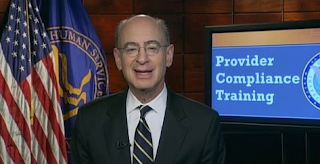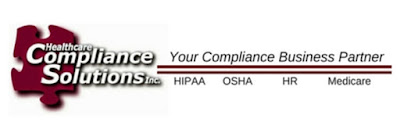Individual behaviors do not present as much of a risk factor for harassment as does the organizations' culture
Sarah was surprised when Mike came into her office to file a harassment complaint. Everyone within the organization had just completed Harassment Training the previous week, but yet here is Mike sitting in Sarah's office. Mike is complaining that he is being bullied in the office by multiple staff members. Sarah is very aware that this is covered within the organizations Harassment Training, so why was it happening? This situation has the potential of getting messy and dragging on for quite sometime.
Harassment is a decision made by an individual when his or her
work environment allows for it.
Yes, the above statement is a hard fact to face. When an individual decides to take action in an inappropriate manner, that decision was made using various factors:
- What is the character of the individual in question?
- Does he or she have a history of inappropriate actions or words, but not held accountable for those actions or words?
- Did the individuals' supervisor report any suspicious activity, words, or mannerisms?
- Is there motivation behind the individuals actions or words?
All of the above questions do not necessarily point to the individual, but rather the organization and the culture that lives within that organization. Harassment thrives in organizations that lack respect, a healthy culture, and accountability.
Victoria Lipnic of the Equal Employment Opportunity Commission (EEOC) stated the following:
"Too much of the effort and training to prevent workplace harassment over the last 30 years has been ineffective an focused on simply avoiding legal liability. In simplest terms, training must change. That does not mean we are suggesting that training be thrown out - far from it - but training needs to be part of a holistic, committed effort to combat harassment, focused on the specific culture and needs of a particular workplace. Above all, employees must have faith in the system." (1)
Simply having a reactive system in place that responds to harassment claims is not enough. Out of fear of retribution, employees may not report the harassment when it occurs. It is becoming vital for organizations to lessen the opportunity for harassment from happening so significantly, that it is nearly non-existent within the organization. This type of harassment free environment is created from the culture that exist within the organization. Here are some suggestions to help create a harassment free culture:
- Hire not just for skills and knowledge. The character of the individual must be a top priority when considering who to bring into the organization.
- When an individual does act inappropriately, they must be held accountable. A slap on the wrist or a simple "tongue lashing" will not deter the individual or others from inappropriate actions in the future.
- Effective supervisor training is a critical component. Supervisors must receive proper training that enables them to identify strange behaviors, words spoken, or mannerisms. When something odd occurs, it should be documented and monitored.
- Create an environment of positive thinking, mutual respect, and support for fellow co-workers.
- Ensure that your harassment policies are equal for everyone within your organization. One classification of worker should not have an advantage over another or receive special treatment.
- Be sure everyone within the organization (at all levels) receives harassment training and this training is acknowledged through documentation. As part of your harassment training, ensure that all members of the organization understand what is considered harassment.
- False harassment accusations should not be tolerated. A growing number of employees have been falsely accusing their co-worker of harassment in order to gain a competitive advantage over that co-worker.
Creating a "harassment free" culture within your organization will never completely eliminate harassment from occurring. However, it will greatly reduce the opportunity for it to occur.
Don't put your organization at risk by having a reactive approach to harassment. Take measures to be more proactive in your approach. Your employees will be grateful for the safer work environment that will be created and it will reduce the liability risk to the organization.
Individuals will be who they are. Try to ensure that you have the best people within your organization who, through their character, actions, and words are representatives of an organizational culture that you can be proud of!


























